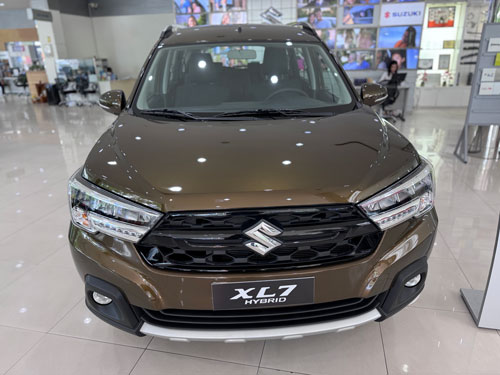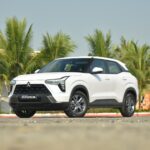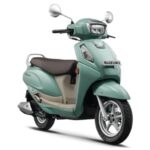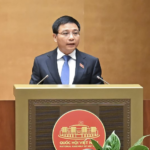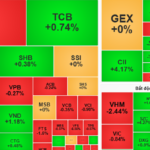While Ford, Honda, Hyundai, Kia, and VinFast boast extensive product portfolios, other automakers persist in the Vietnamese market with just a handful of models. Suzuki, for instance, currently offers only the XL7 and Jimny, selling over 1,000 units combined in the first five months of 2025. Isuzu follows suit with the D-Max pickup truck and the mu-X SUV, recording low cumulative sales of 333 units during the same period. Peugeot also has a sole SUV model with modest sales figures.
These vehicles’ low sales can be attributed to their mismatch with local consumer preferences, be it unappealing designs or lack of model updates.
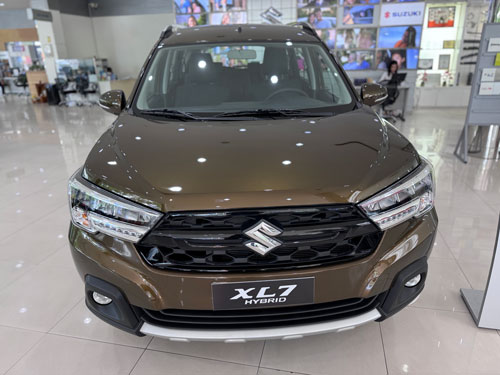
The Suzuki XL7 remains in the Vietnamese market despite low sales figures.
Why do these automakers persist in the Vietnamese market with just one or two models that aren’t performing well?
Industry insiders suggest that these automakers are “keeping their options open” by maintaining a presence in the growing Vietnamese auto market, even if it means offering just a few models. “Leaving the market is easy, but re-entering can be challenging,” shared a representative from one of the automakers. “By retaining a presence with a few key models, we can keep our costs in check.”
Mr. Tran Viet Nhan, owner of an automobile showroom in Thu Duc City, Ho Chi Minh City, noted that these low-volume automakers often don’t aim to compete directly with their higher-selling counterparts. Instead, they target specific niches. Suzuki, for instance, appeals to customers who value practicality, fuel efficiency, and low maintenance costs. Peugeot, on the other hand, positions itself as an affordable European brand, offering a premium image at competitive prices, thanks to its local assembly partnership with THACO.
Mr. Tran Cong Hien, CEO of an automobile garage chain in Ho Chi Minh City, added that for automakers like Isuzu and Suzuki, having a few passenger car models in the market is sufficient to demonstrate their diverse offerings. Interestingly, low sales don’t always equate to losses for these automakers, and some even thrive by keeping operational costs in check and leveraging import tax advantages.
Suzuki: A Century-Long Journey of Upholding Genuine Values for Vietnamese Consumers
Often misunderstood as “old-fashioned”, Suzuki is, in fact, a thriving automotive brand in its home country of Japan, and has garnered a loyal customer base in Vietnam. The brand’s unwavering commitment to its philosophy of manufacturing compact, durable, and fuel-efficient vehicles has been the key to its century-long success and unique appeal.
The Ultimate B-Class Sedan: A Shocking Deal at 342 Million, Undercutting Hyundai Grand i10 and Kia Morning
This sleek sedan is an enticing prospect for buyers, with a competitive price tag that undercuts its rivals in the segment.

























